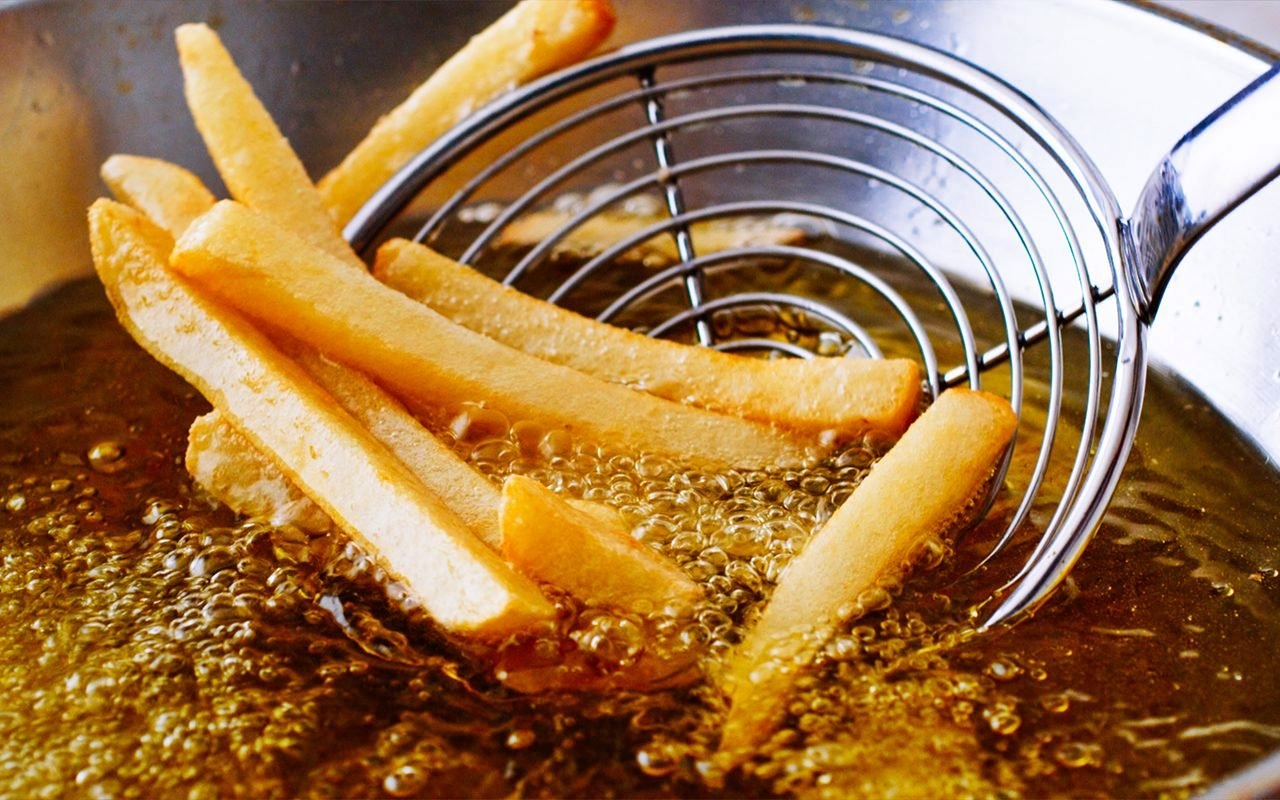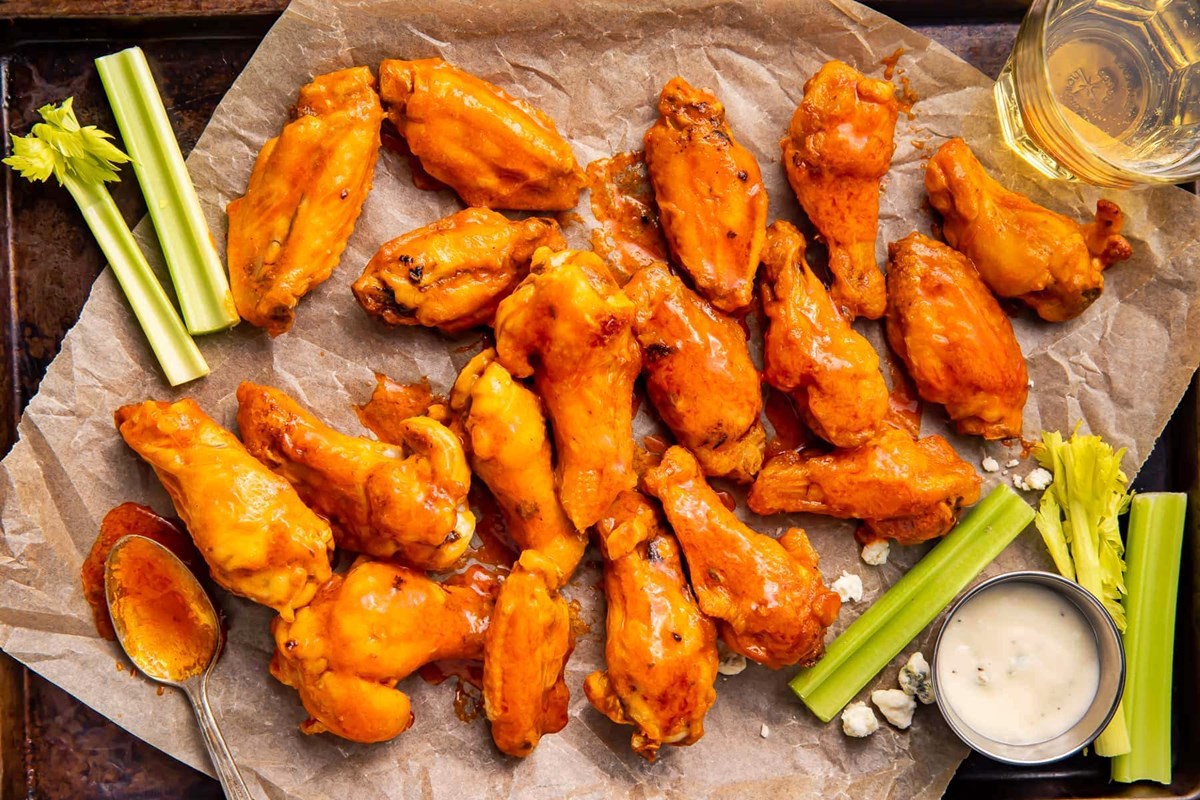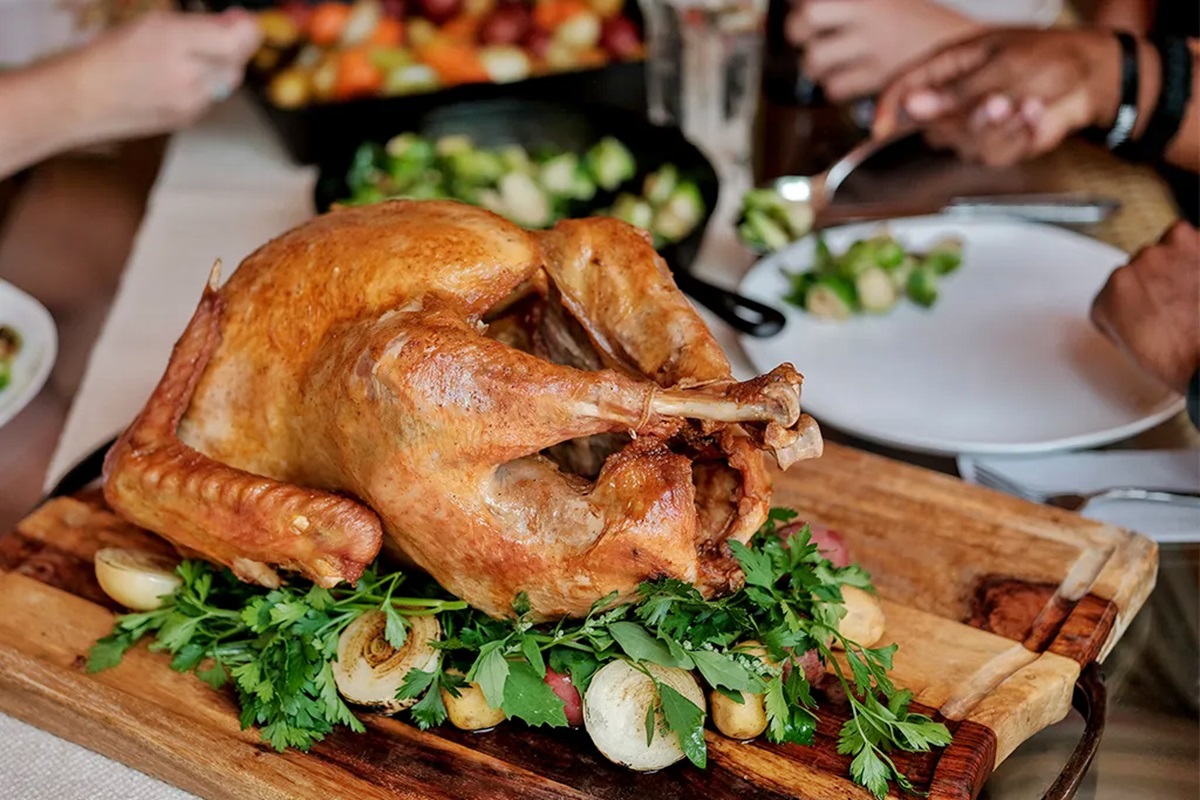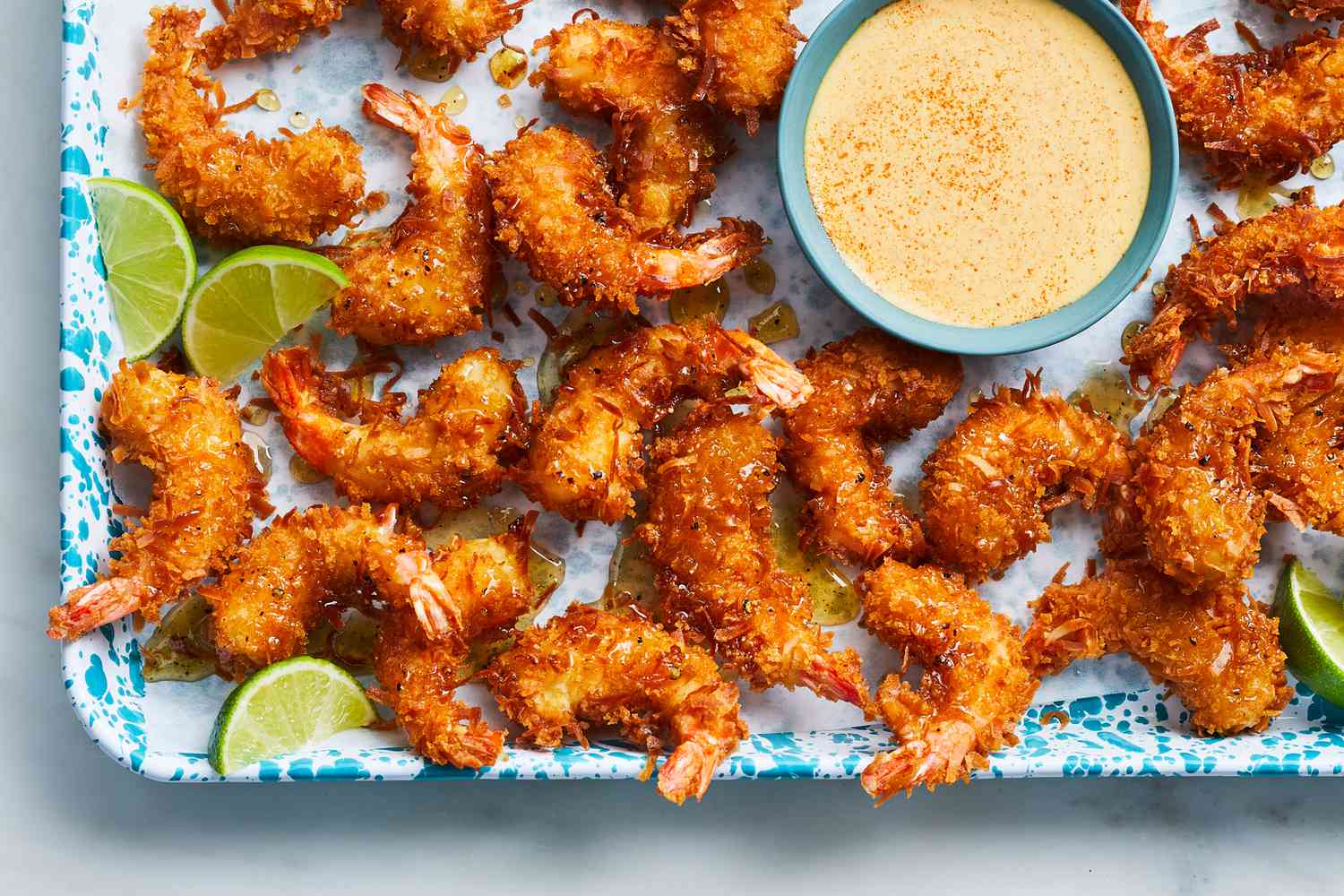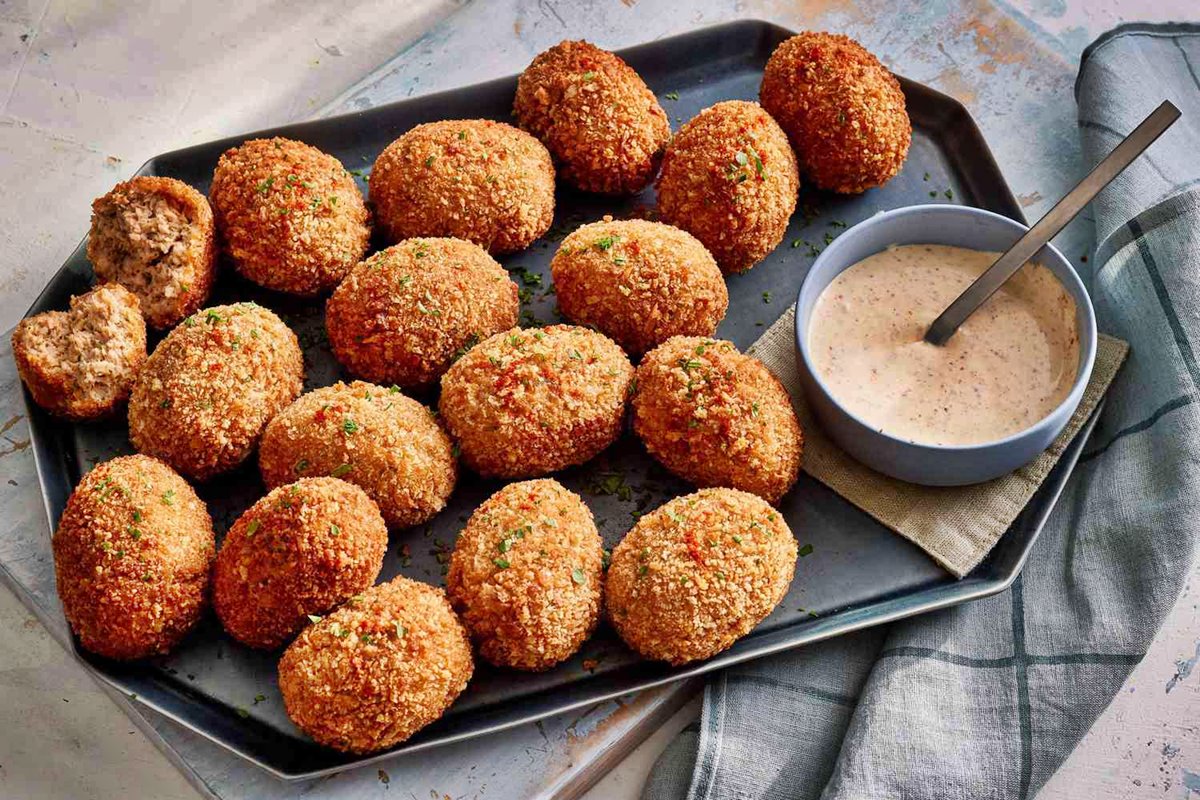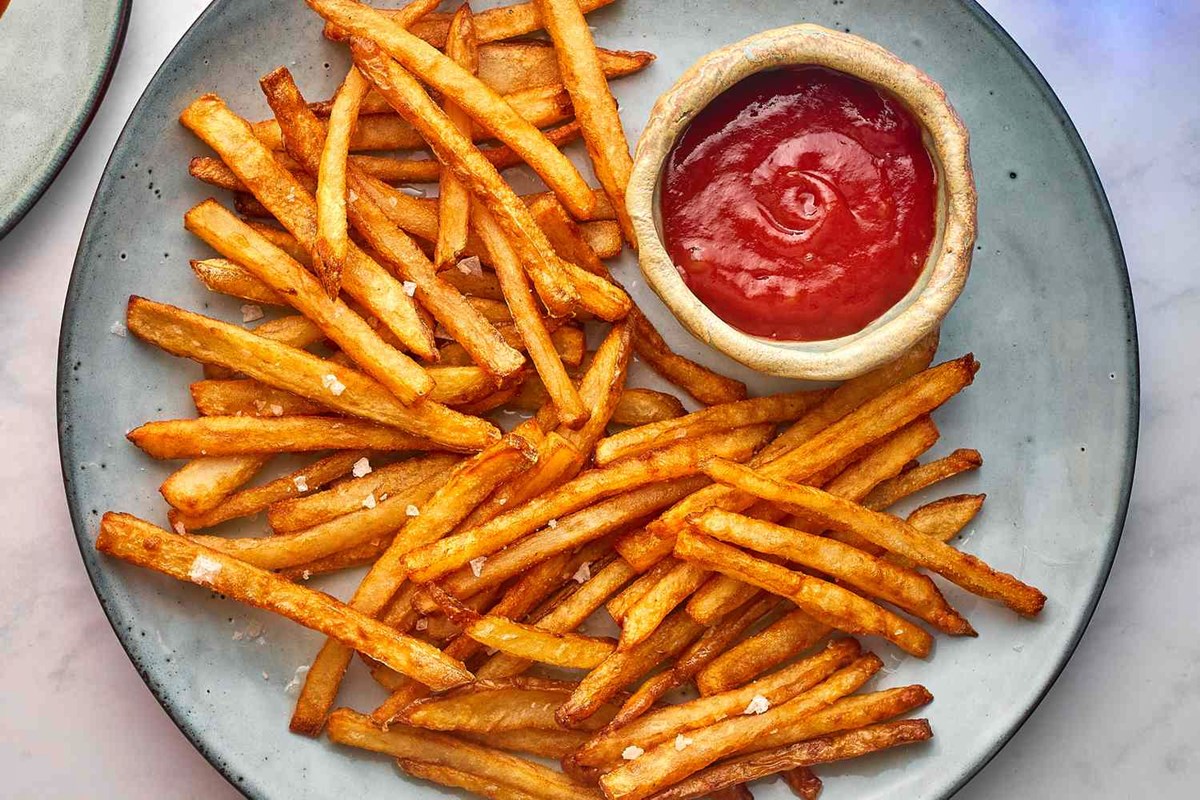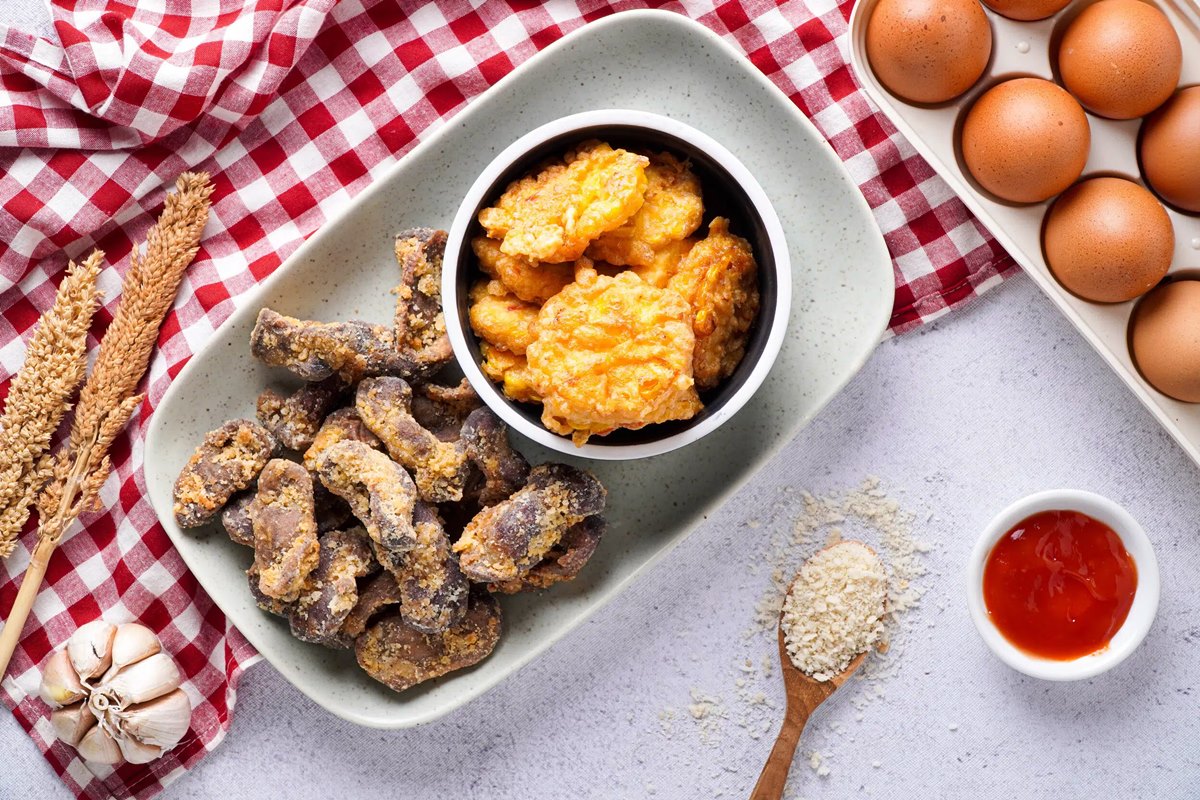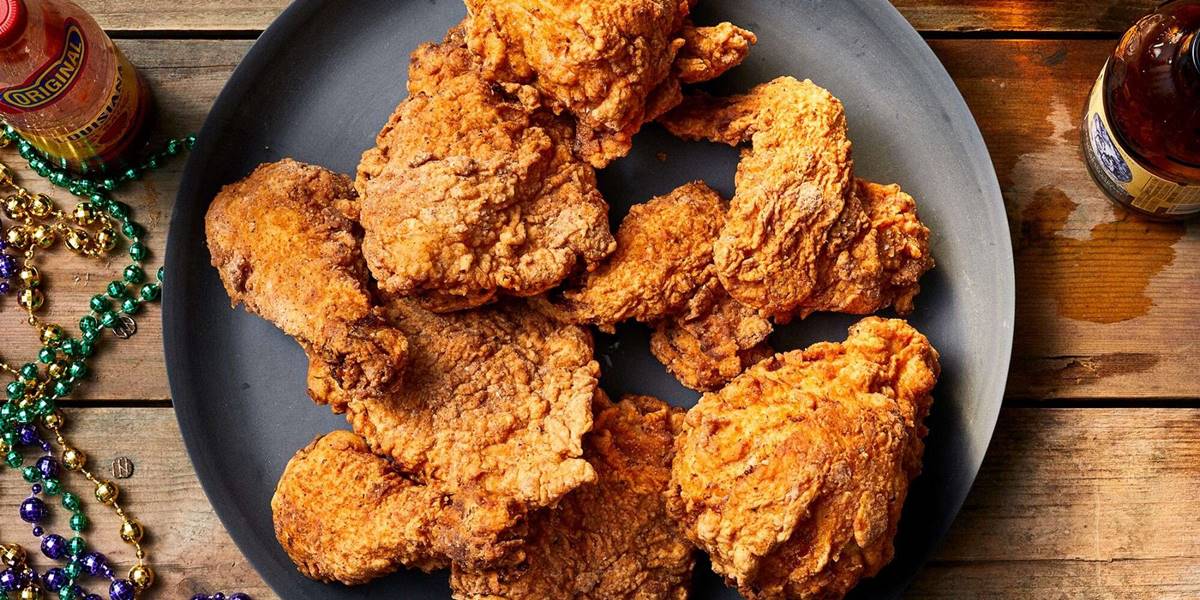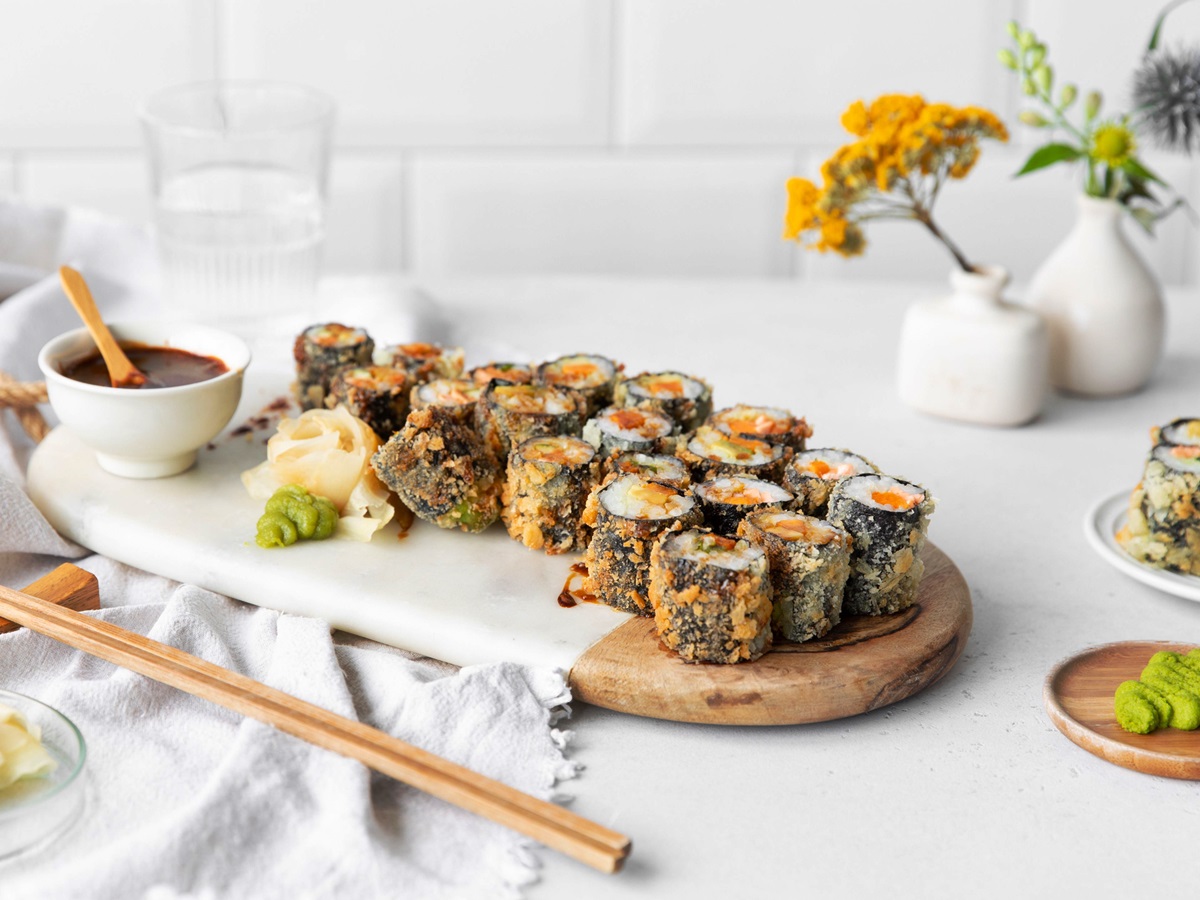How To Fry Turkey: A Delicious and Juicy Thanksgiving Delight
Thanksgiving is just around the corner, and what better way to make the occasion extra special than by frying a turkey? Frying a turkey might seem daunting, but fear not! With the right technique and precautions, you can create a mouthwatering masterpiece that will leave your family and friends begging for seconds. In this guide, we’ll walk you through the steps of how to fry a turkey so you can elevate your holiday feast to new heights.
Why Fry a Turkey?
If you’ve never tried a fried turkey, you’re missing out on a whole new level of flavor and tenderness. When properly fried, a turkey boasts a crispy golden skin and tender, succulent meat that’s unlike anything you’ve ever tasted. The high heat seals in the juices, resulting in a turkey that’s moist and flavorful. So, why not break from tradition this year and give frying a try?
What You’ll Need
Before you embark on your turkey frying adventure, make sure you have all the necessary equipment and ingredients. Here’s a quick checklist:
- A turkey (make sure it’s the right size for your fryer)
- A turkey fryer kit (consisting of a propane burner, a large pot, and a thermometer)
- Peanut oil (which has a high smoke point and imparts a delicious flavor)
- A meat injector (for adding flavor to the turkey)
- Seasonings and spices (such as salt, pepper, garlic powder, and paprika)
- A fire extinguisher (safety first!)
Preparing the Turkey
Now that you have all the necessary equipment, it’s time to prepare the star of the show – the turkey itself. Follow these steps:
- Thaw the turkey completely. It’s essential to ensure that the turkey is completely thawed to prevent any accidents when frying.
- Remove the giblets and neck from the cavity of the turkey.
- Pat the turkey dry with paper towels to ensure a crispy skin.
- Season the turkey both inside and out with your desired spices.
- Using a meat injector, inject your favorite marinade or flavorful liquids into the turkey, focusing on the breast and thighs.
Time to Fry
Now comes the exciting part – the frying. Follow these steps to ensure a successful fry:
- Place the turkey fryer kit on a level, stable surface that is a safe distance away from any structures or flammable objects.
- Fill the pot with enough peanut oil to completely submerge the turkey (make sure to leave some space at the top for expansion).
- Using a thermometer, heat the oil to about 325°F (163°C).
- Carefully lower the turkey into the hot oil, breast side up, using a sturdy hook or turkey lifter.
- Monitor the temperature of the oil throughout the frying process to ensure it stays around 325°F (163°C).
- Fry the turkey for approximately 3-4 minutes per pound.
- Once the turkey reaches an internal temperature of 165°F (74°C), carefully remove it from the oil.
- Allow the turkey to rest for 20-30 minutes before carving.
Safety Tips
When frying a turkey, safety should always be your top priority. Here are a few important safety tips to keep in mind:
- Always fry the turkey outdoors in a well-ventilated area.
- Keep a close eye on the temperature of the oil to prevent any accidents or fires.
- Never leave the fryer unattended.
- Use oven mitts and protective clothing to avoid burns.
- Keep children and pets away from the frying area.
- Have a fire extinguisher nearby and know how to use it.
Enjoy Your Perfectly Fried Turkey
Now that you’ve mastered the art of frying a turkey, it’s time to gather your loved ones and enjoy the fruits of your labor. Slice into the crispy skin, savor the flavorful meat, and relish in the joy of a Thanksgiving feast done right. Remember, practice makes perfect, so don’t be discouraged if your first attempt isn’t flawless. With time and experience, you’ll become a turkey frying expert that everyone turns to for the most delectable holiday centerpiece.
Happy frying and happy Thanksgiving!
Was this page helpful?
Read Next: How To Fry Chicken Wings

